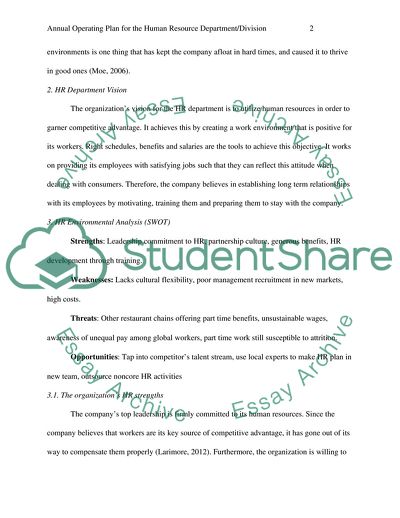Cite this document
(Annual Human Resource Operating Plan - Starbucks Research Paper, n.d.)
Annual Human Resource Operating Plan - Starbucks Research Paper. https://studentshare.org/human-resources/1818413-annual-human-resource-operating-plan-starbucks
Annual Human Resource Operating Plan - Starbucks Research Paper. https://studentshare.org/human-resources/1818413-annual-human-resource-operating-plan-starbucks
(Annual Human Resource Operating Plan - Starbucks Research Paper)
Annual Human Resource Operating Plan - Starbucks Research Paper. https://studentshare.org/human-resources/1818413-annual-human-resource-operating-plan-starbucks.
Annual Human Resource Operating Plan - Starbucks Research Paper. https://studentshare.org/human-resources/1818413-annual-human-resource-operating-plan-starbucks.
“Annual Human Resource Operating Plan - Starbucks Research Paper”. https://studentshare.org/human-resources/1818413-annual-human-resource-operating-plan-starbucks.


